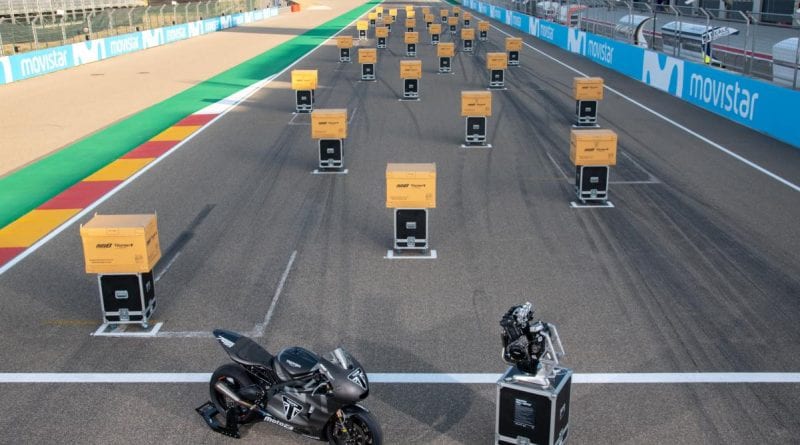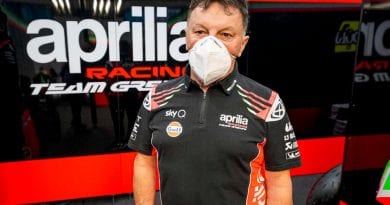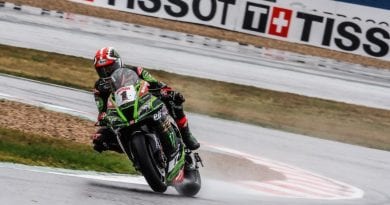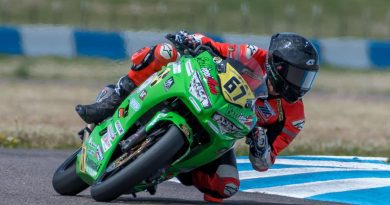Short Read – Moto2’s control engine
Racing in the Moto2 class has always been seen as a stepping stone to MotoGP, but never quite had the engine to really set you up for the MotoGP class. Until 2019 that is.
Since Moto2 appeared on track in 2010 as a control 600cc Honda inline 4 engine prepared by ExternPro wrapped around whatever chassis you would like, there was only one way to ride it. You had to torture it as it seemed to have very little mid range torque, and made all the power at the top end. The engines were absolutely bulletproof, and did tend to make races somewhat of a procession as you had to ride them in a certain way.
Then, in 2017 it was announced that Honda would make way for Triumph to come in with a new 765cc 3 cylinder engine to become the new control engine, and this would be again prepared and sealed by ExternPro. Due to the control engine rules, the only component of the engine you have any freedom to touch is the exhaust, everything else is sealed at the ExternPro workshop at the Aragon circuit grounds. The inclusion of a triple added a new dimension to the riders, with more torque meaning more freedom to play around with how you would like to ride the bike, and made for much closer racing. Traction control still is not included, although the ECU does allow for it should it be decided that it is needed.
There were doubts about whether the 765 could match the venerable Honda’s bulletproof reliability, but so far the fears have been allayed, with Triumph having built a very solid engine. There are penalties in place if you abuse the engines too much, with Jorge Navarro finding out after over revving the bike on downshifts, and was subequently fined 9000 euros for his actions.
The new control engine has certainly made for closer racing, and that can only be a good thing.
Featured image- www.motogp.com




